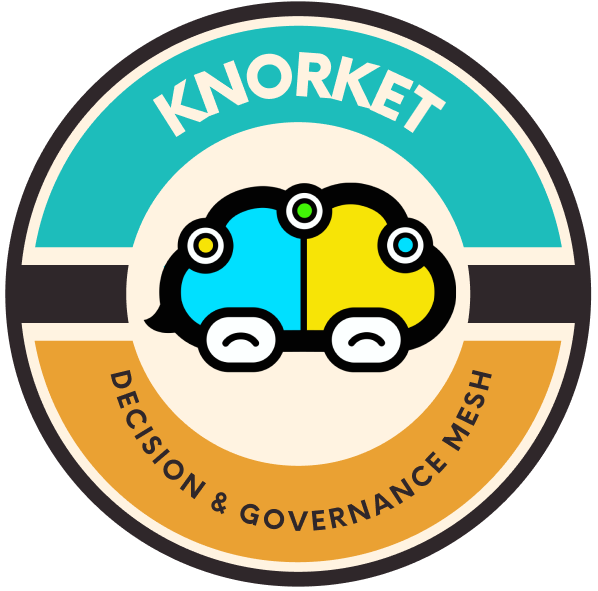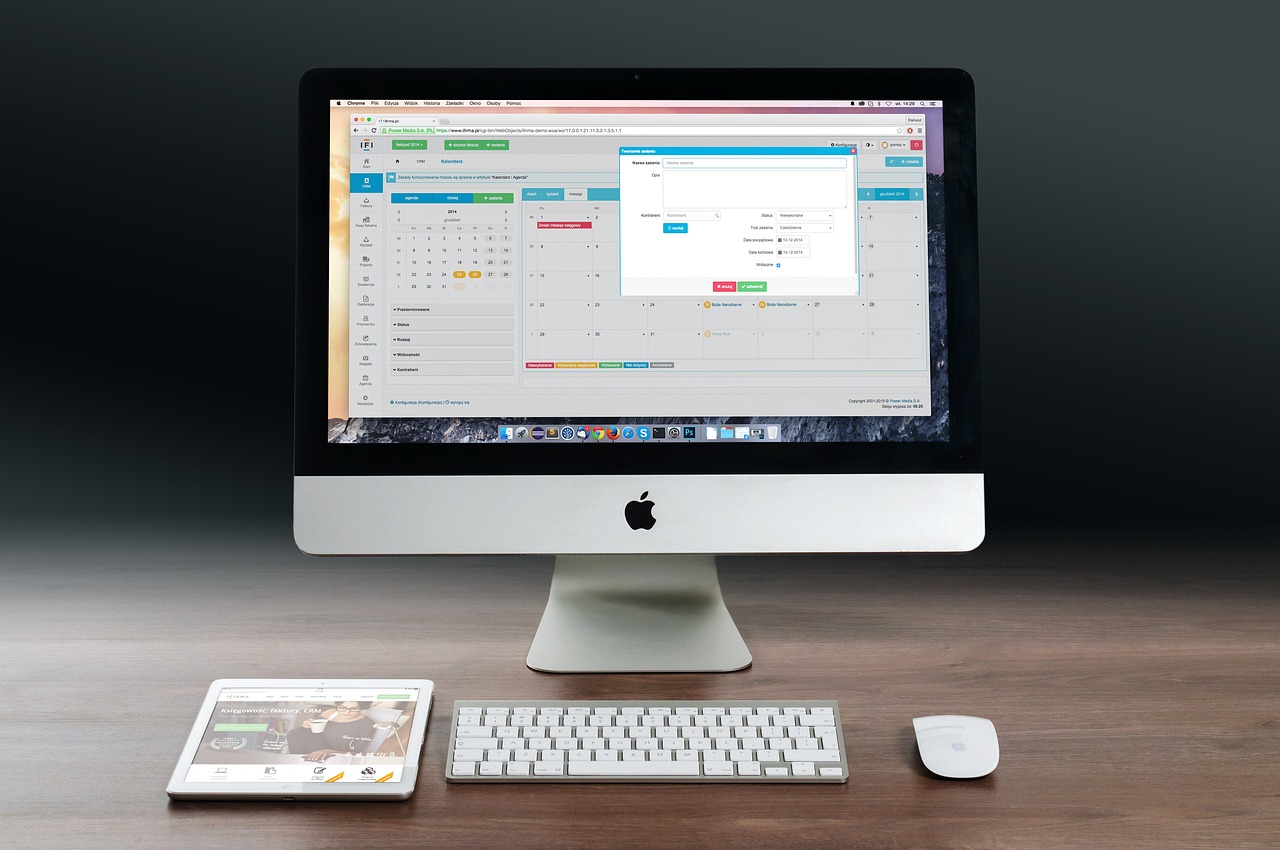User testing is an essential part of the customer journey, as it helps businesses understand how their customers interact with their products and services. By conducting user tests, businesses can identify any potential problems or pain points that their customers may encounter, and make necessary improvements to enhance the customer experience.
User testing involves recruiting a group of representative users to interact with a product or service, and then observing their behavior and collecting their feedback. This feedback is then used to inform the design and development of the product or service, in order to make it more user-friendly and effective.
User testing can be conducted at any stage of the customer journey, from the initial concept and design phase, to the development and launch of the product or service. It is a crucial part of the product development process, as it allows businesses to identify and address any potential problems before they become major issues.
One of the key benefits of user testing is that it helps businesses understand their customers’ needs and preferences. By observing how users interact with a product or service, businesses can identify any gaps or inconsistencies in their offering, and make necessary adjustments to better meet their customers’ needs.
User testing can also help businesses improve the overall user experience of their products and services. By collecting feedback from real users, businesses can identify any areas where their products or services are difficult to use or understand, and make necessary changes to make them more intuitive and user-friendly.
In addition to improving the customer experience, user testing can also help businesses save time and money. By identifying and addressing potential problems early on in the development process, businesses can avoid costly redesigns and rework, and get their products to market faster.
User testing can also help businesses gain a competitive edge, by ensuring that their products and services are user-friendly and effective. In today’s highly competitive market, businesses need to make sure that their products and services stand out from the competition, and user testing is a powerful tool for achieving this.
There are several different types of user testing that businesses can use, depending on their specific needs and goals. Some common types of user testing include usability testing, which focuses on the ease of use of a product or service; user acceptance testing, which assesses whether a product or service meets the needs of its users; and A/B testing, which involves comparing two different versions of a product or service to determine which one is more effective.
No matter which type of user testing a business chooses, it is important to ensure that the user testing process is well-designed and carefully planned. This means selecting the right participants, setting clear goals and objectives, and using appropriate testing methods and techniques.
One of the key challenges of user testing is finding the right participants. In order to get accurate and representative feedback, it is important to select a diverse group of users who reflect the target audience for the product or service. This may involve recruiting users from different age groups, genders, and backgrounds, and ensuring that the user group is representative of the population as a whole.
Another challenge of user testing is setting clear goals and objectives. In order to get the most out of the user testing process, it is important to define specific goals and objectives, and use these to guide the design and implementation of the user testing process. This may involve defining specific metrics to measure the success of the user testing, and setting targets for the level of user satisfaction or performance that the business hopes to achieve.
Once the goals and objectives of the user testing have been defined, the next step is to select appropriate testing methods and techniques. There are many different user testing methods and techniques, including focus groups, surveys, interviews, and user observation. The right method or technique will depend on the specific goals and objectives of the user testing. For example, if the goal of the user testing is to assess the usability of a product or service, then a method such as usability testing, which involves observing users as they interact with the product or service, would be appropriate.
On the other hand, if the goal of the user testing is to assess the effectiveness of a marketing campaign, then a method such as A/B testing, which involves comparing the performance of two different versions of the campaign, would be more appropriate.
No matter which user testing methods and techniques are used, it is important to ensure that the user testing process is carefully planned and executed. This means ensuring that the user testing environment is conducive to gathering accurate and representative feedback, and that the user testing process is carefully designed to collect the necessary data and feedback.
Once the user testing process is complete, the next step is to analyze the data and feedback collected from the users. This may involve conducting statistical analyses to identify trends and patterns in the data, and using this information to inform the design and development of the product or service.
Based on the findings of the user testing, businesses can then make necessary improvements to their products and services, in order to enhance the customer experience and improve their overall effectiveness.
In conclusion, user testing is an essential part of the customer journey, as it helps businesses understand how their customers interact with their products and services. By conducting user tests, businesses can identify any potential problems or pain points that their customers may encounter, and make necessary improvements to enhance the customer experience.

